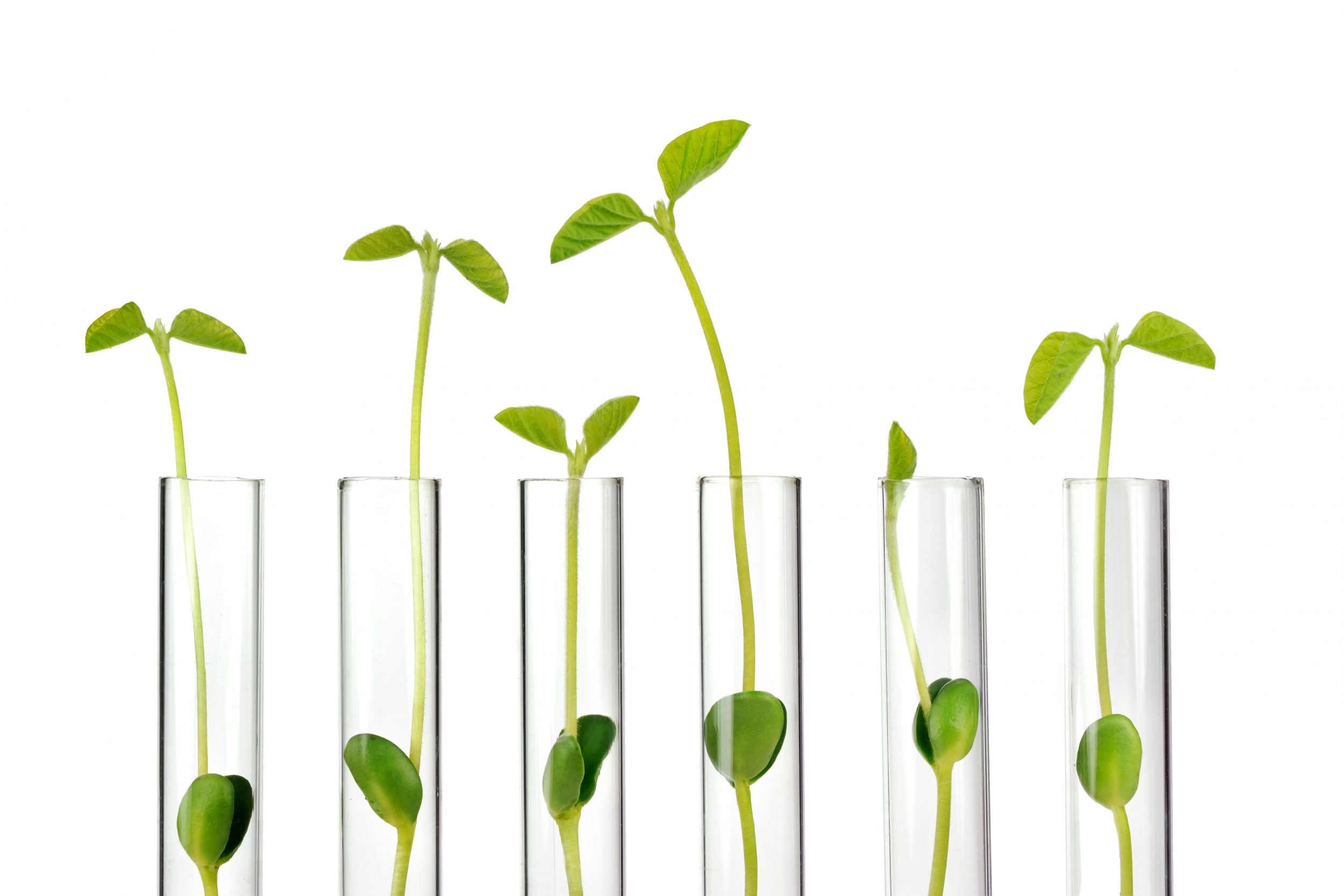
Green chemistry is evolving to respond to a host of health and environmental challenges. Like most complex social issues, future science and technology professionals and entrepreneurs will be charged with addressing these problems through innovation. They will have their work cut out for them, but there will be tremendous demand for their solutions.
According to Pike Research, green chemistry represents a market opportunity that will soar to nearly $100 billion by 2020. But will industry be prepared to meet this opportunity? Are tomorrow’s scientists equipped with an understanding of green chemistry principles? We spoke with John Warner, one of the founders of the green chemistry field, about the competitive advantage chemistry students will have in industry, and how universities can better prepare graduates to meet the increasing demand for the discipline.
Can you illustrate the demand for green chemists in industry?
I started a green chemistry program at the University of Massachusetts. It had everything you would find in a normal chemistry program but I added several one-semester classes including mechanistic toxicology and environmental mechanisms. During my time at UMASS, about 120 students at various levels – undergrad and grad – worked in my labs. The average time it took one of those students to get a job in industry was only two days. The longest it took a student to secure a job was two weeks–and that’s because she turned down the first six job offers. Companies continue to ask if I know of any graduating green chemists.
From your perspective, how can faculty and universities respond to this increased demand for green chemists?
The simple answer is to add green chemistry to the curriculum in some way: a stand-alone class, a lab, or some other way to share best practices.
There also needs to be a shift in mindset. Historically, chemists were taught to develop ways to contain, control and limit the amount of toxic chemicals emitting from reactors and products. They didn’t consider making safer materials. They believed that chemistry was inherently dangerous. The curriculum needs to think about chemistry through a sustainable lens. It should focus more on what makes molecules and materials dangerous, and less on how to limit the exposure to dangerous things.
There’s also an opportunity to find more overlap and interaction between different disciplines such as toxicology and environmental health sciences. For decades people have been learning what makes molecules and materials hazardous. There are countless textbooks written. There are conferences where practitioners share ideas and research. However, each discipline rarely interacts. They don’t even really share the same language. Yet it’s the overlap of these two sciences that define green chemistry. More integration between disciplines means more opportunities to bridge the gap between chemistry, hazard and design.
What are some immediate needs for green chemists in industry?
There is a great disconnect between true sustainability and design. The design community is often tasked with developing sustainable products that won’t harm the environment, require little natural resources to produce and maintain, and so on. Unfortunately, many of the building blocks aren’t sustainable. The materials are made with toxic chemicals. How did this happen? Chemists are the only people in the world who are capable of inventing a new material, yet they are not part of the design process. They need to be part of the discussion from the beginning.
On the bright side, this disconnect creates opportunities for green chemists. The way products are currently developed is backwards. Designers are restricted to use what’s available to build something. Instead, chemists should be working on sustainable materials to hand off to the design community. They can figure out how to use the materials in various applications. To drill down further, there are also immediate opportunities in the pharmaceutical industry such as developing new, more efficient synthetic methods for active pharmaceutical ingredients. In the industrial sector, there’s a great need for new materials and application mechanisms that avoid VOCs and remove or replace other hazardous materials used in construction applications.
What are the most important sectors that need to be improved from a green chemistry perspective?
Education.
Instead of deciding which sectors, technologies, materials, and endpoints in need of improvement, we must focus on how we train the scientists in the first place. If you teach chemists how to be more sustainable from the start, there’s a greater chance that anything they make throughout their career will be more sustainable.

John Warner was the keynote speaker for the Sustainable Practice Impact Award Luncheon during the VentureWell OPEN 2017 conference, which took place from March 23-25 in Washington D.C.